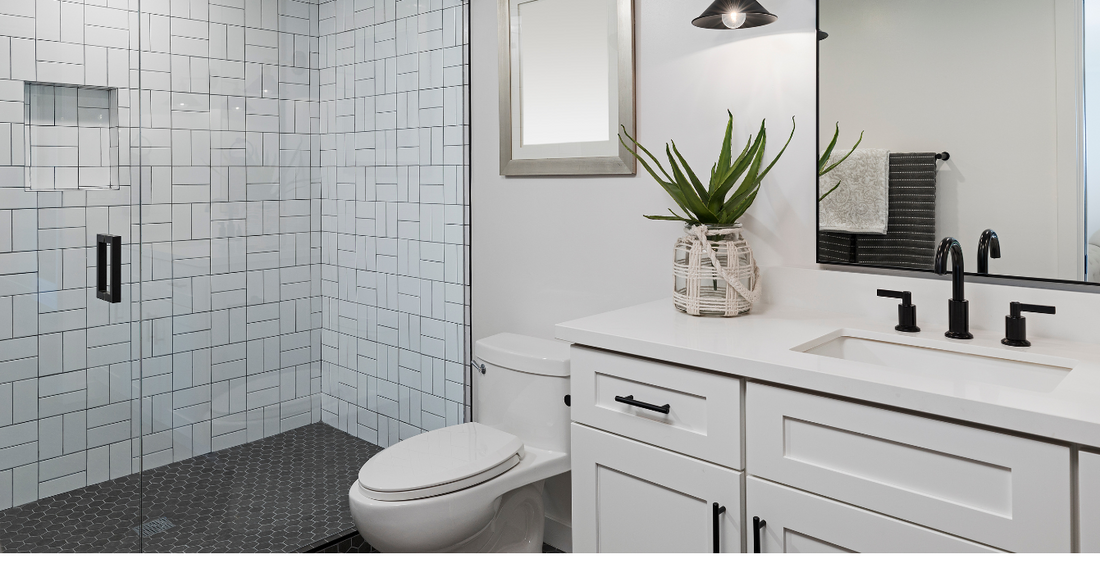
The Science of Comfort: Choosing the Right CFM Airflow for Your Room.
Share
Creating a comfortable and healthy indoor environment is essential for any home or workspace.
One crucial aspect of achieving this comfort is ensuring proper airflow. The Cubic Feet per Minute (CFM) of airflow determines how effectively air circulates in a room, impacting temperature regulation, air quality, and overall comfort. Understanding how to choose the right CFM airflow for your room dimensions is fundamental in optimizing your indoor environment. In this guide, we'll delve into the science behind CFM airflow and provide practical tips for selecting the optimal CFM for various room sizes.
Understanding CFM and Its Importance: Before diving into CFM requirements for different room dimensions, let's first understand what CFM is and why it's crucial. CFM refers to the volume of air that moves through a space in one minute. It's a measure of airflow velocity, often used in HVAC (Heating, Ventilation, and Air Conditioning) systems to quantify the effectiveness of air circulation.
Proper airflow is essential for several reasons:
- Temperature Regulation: Adequate airflow helps distribute heated or cooled air evenly throughout the room, preventing temperature inconsistencies and ensuring comfort.
- Air Quality: Effective airflow facilitates the exchange of indoor and outdoor air, reducing indoor pollutants, such as dust, allergens, and volatile organic compounds (VOCs), and improving air quality.
- Humidity Control: Proper airflow aids in moisture management, preventing the buildup of excess humidity that can lead to mold and mildew growth.
- Comfort and Well-being: Optimal airflow creates a comfortable indoor environment, promoting relaxation, productivity, and overall well-being.
Factors Influencing CFM Requirements:
Several factors influence the CFM requirements for a given room dimension:
- Room Size: Larger rooms require higher CFM to ensure adequate air circulation, while smaller rooms may need less airflow.
- Ceiling Height: Rooms with higher ceilings may require higher CFM to compensate for the increased volume of air.
- Room Usage: The intended use of the room affects CFM requirements. For example, kitchens and bathrooms typically require higher CFM due to increased moisture and odors.
- Climate: Environmental factors, such as temperature and humidity levels, impact CFM requirements. Hotter climates may necessitate higher airflow for efficient cooling, while humid climates may require enhanced ventilation for moisture control.
Calculating CFM Requirements:
To determine the appropriate CFM airflow for your room dimensions, you can use the following formula: CFM = (Room Volume × Air Changes per Hour) / 60 Where:
- Room Volume (in cubic feet) = Length × Width × Height
- Air Changes per Hour (ACH) refer to the number of times the air in the room is replaced per hour, typically ranging from 4 to 12, depending on factors like room usage and occupancy.
For example, let's calculate the CFM requirements for a bedroom with the following dimensions:
- Length: 12 feet
- Width: 10 feet
- Height: 8 feet
- Desired Air Changes per Hour: 6 ACH
Room Volume = 12 ft × 10 ft × 8 ft = 960 cubic feet CFM = (960 cubic feet × 6 ACH) / 60 = 96 CFM
In this example, the bedroom requires a CFM airflow of 96 to achieve six air changes per hour.
Choosing the Right CFM for Different Room Sizes: The recommended CFM airflow varies depending on the size and usage of the room. Here are general guidelines for selecting the appropriate CFM for common room dimensions:
-
Small Rooms (Under 100 Square Feet):
- Bedrooms: 50-75 CFM
- Home Offices: 50-75 CFM
- Small Bathrooms: 50-75 CFM
-
Medium Rooms (100-250 Square Feet):
- Living Rooms: 100-150 CFM
- Master Bedrooms: 100-150 CFM
- Medium-sized Bathrooms: 100-150 CFM
-
Large Rooms (Over 250 Square Feet):
- Open-plan Living Areas: 150-300 CFM
- Kitchens: 150-300 CFM
- Master Suites: 150-300 CFM
It's important to note that these are general guidelines, and CFM requirements may vary based on specific factors like ceiling height, climate, and room usage. Consulting with an HVAC professional can provide personalized recommendations tailored to your needs.
Additional Tips for Optimizing Airflow: In addition to selecting the right CFM airflow, here are some tips for optimizing airflow in your space:
- Choose the appropriate size and type of ventilation system or fan based on your room dimensions and requirements.
- Ensure proper ventilation ductwork design and installation to minimize air resistance and maximize airflow efficiency.
- Regularly clean and maintain ventilation systems, filters, and air ducts to prevent airflow obstructions and maintain optimal indoor air quality.
- Consider using ceiling fans or portable fans to supplement airflow and enhance comfort, especially in larger rooms or during warmer months.
- Incorporate passive ventilation strategies, such as operable windows, vents, and air vents, to promote natural airflow and reduce reliance on mechanical ventilation systems.
The Last Word:
Choosing the right CFM airflow for your room dimensions is essential for creating a comfortable, healthy, and energy-efficient indoor environment. By understanding the factors influencing CFM requirements and following practical guidelines for calculating and selecting airflow rates, you can ensure proper air circulation and ventilation tailored to your specific needs.
Whether it's a small bathroom or a spacious living area, optimizing airflow enhances comfort, promotes well-being, and contributes to a more enjoyable indoor experience.
Thanks for reading
